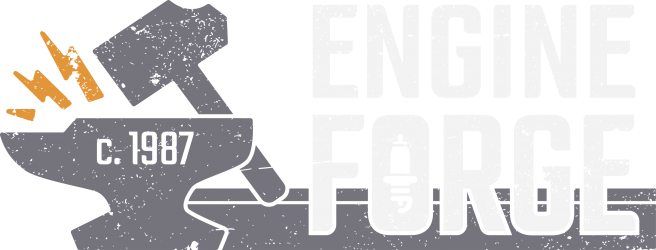general strain theory strengths and weaknesses
Although general strain theory was developed to explain differences in offending across individuals (Agnew 1985, 2006), recent scholarly efforts suggest that the theory offers significant insight into group differences in offending.These efforts suggest that group differences in exposure to strain, emotional reactions to strain, and access to resources for dealing with strain and negative . The theory explains that it is the social structures that influence a person to commit a crime. At one point in life, every individual will experience strain. Merton modified Durkheim concept of anomie to develop his theory. This study uses general strain theory to examine the direct and indirect relationship between early victimization and drug use. Success is based upon fame and wealth, when individuals failed to . Robert Agnew's General Theory of Crime and Delinquency 156 Research on Robert Agnew's General Theory of Crime and Delinquency 159 . Neutralization theory, developed by Gresham Sykes and David Matza in 1957 set out to do just this. This study expands this research by operationalizing strain as early victimization . May 30, 2022 benefits of marketisation of education . Agnew argued that these theories "explain delinquency in terms of the individual's social relationships" (Agnew, 1992, p. 48). Describe or draw the causal path of the Agnew's general theory of crime. Critics, however, have claims that the theory, on it . christopher lovett, phd weaknesses explains! OTHER SETS BY THIS CREATOR. What are the strengths and weaknesses of Merton's strain theory in understanding crime? general strain theory strengths and weaknesses June 15, 2021 Strain theory Strain theory is the state of a variety in certain strains and stressors in a person's life that increases the likelihood of crime. Who are the experts? Under Agnew's three major type of goals for which people strive for: the Get started for FREEContinue The two theories will also be compared and identify the strengths and weaknesses of each approach. Strong Brand Name in the QSR Industry 3. General Strain Theory. Strain is a result of failure to succeed at the goals set by society. 1. It has helped explain how people undergoing different emotions react and cope. If coping is possible, then crime can be avoided. This approach has three assumptions. KeyW ords: terrorism, suicide bombing, differential association and general strain . Experts are tested by Chegg as specialists in their subject area. Functionalist theory is a macro sociological theory that is based on the characteristics of social patterns, structures, social systems and institutions such as family, education, religion, leisure, the economy, media, politics and sport. General strain theory has gained a significant amount of academic attention since being developed in 1992. instead of one general strain-producing source, agnew identified three major sources: 1) the failure to achieve positively valued goals, including the disjunction between expectations and actual outcomes and the perception of what would be a fair or just outcome and actual outcomes; 2) the removal (or threat of removal) of positively valued … Sociologist Robert Agnew introduced the General Strain Theory (GST) in 1992, argues that strain is the leading factor that causes someone to be delinquent or criminally motived. Merton's strain theory (strengths) . Chapter 11 Sentencing - Criminal Law. Also, past studies tend to combine drug use measures with delinquency measures. Where - Urban Blue-collar Neighborhoods. See the answer See the answer done loading. Also the general strain theory also states that strain leads to delinquency. Summary "What Are the Strengths and Weaknesses of Merton's Strain Theory in Understanding Crime" paper focuses on the social strain theory. In their strain theory explanation for the gender ga p in delinquency, Br oidy and.
